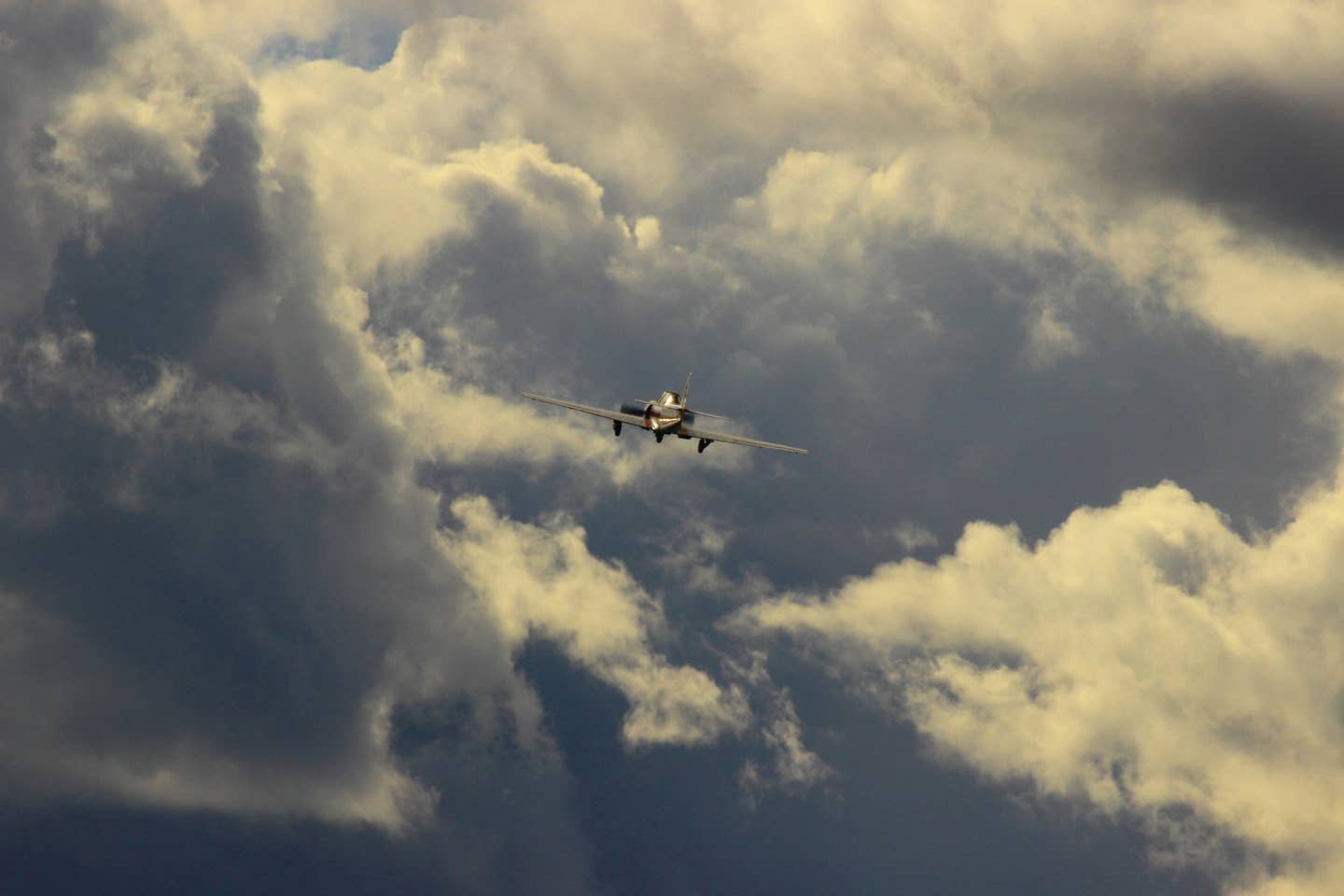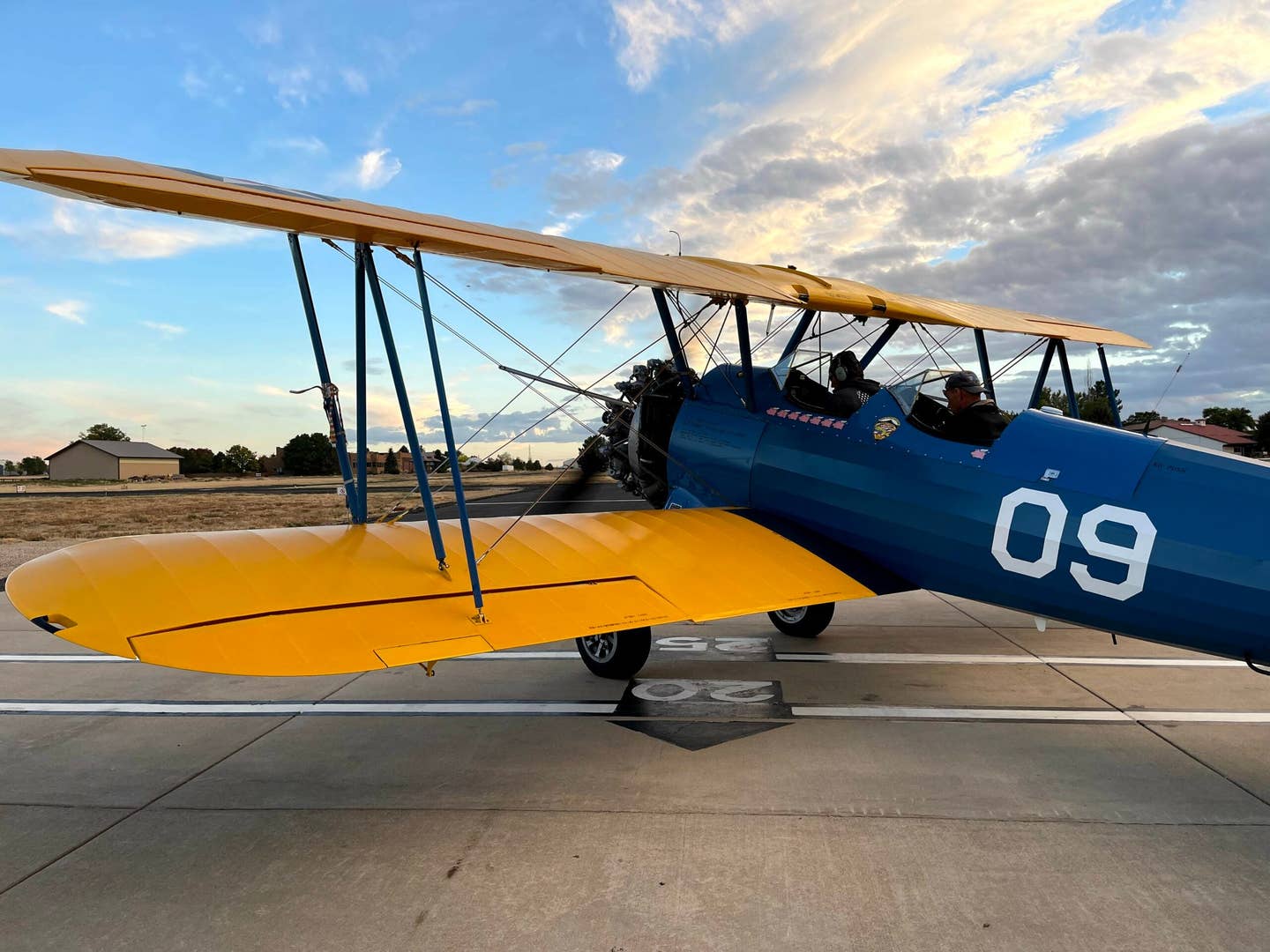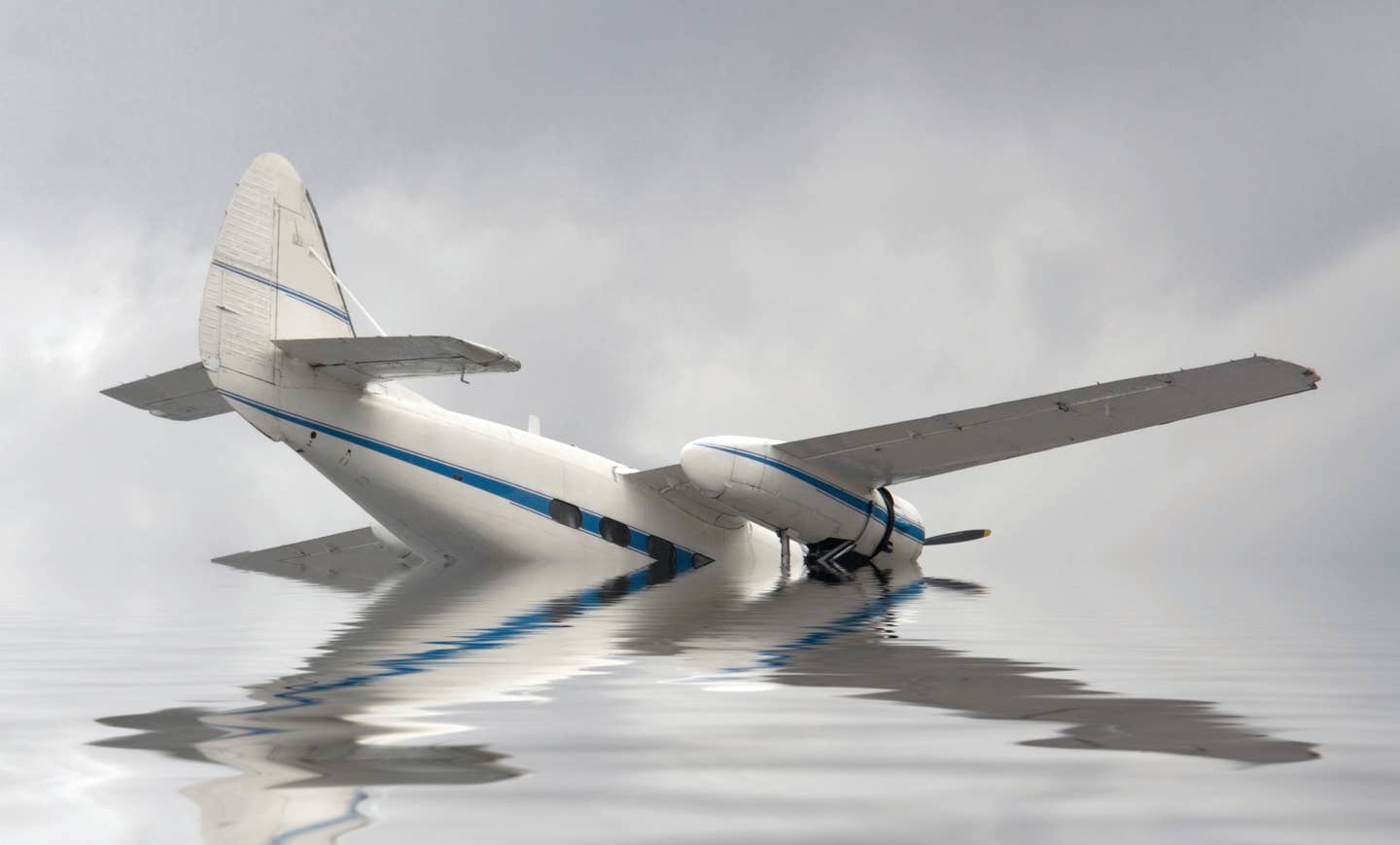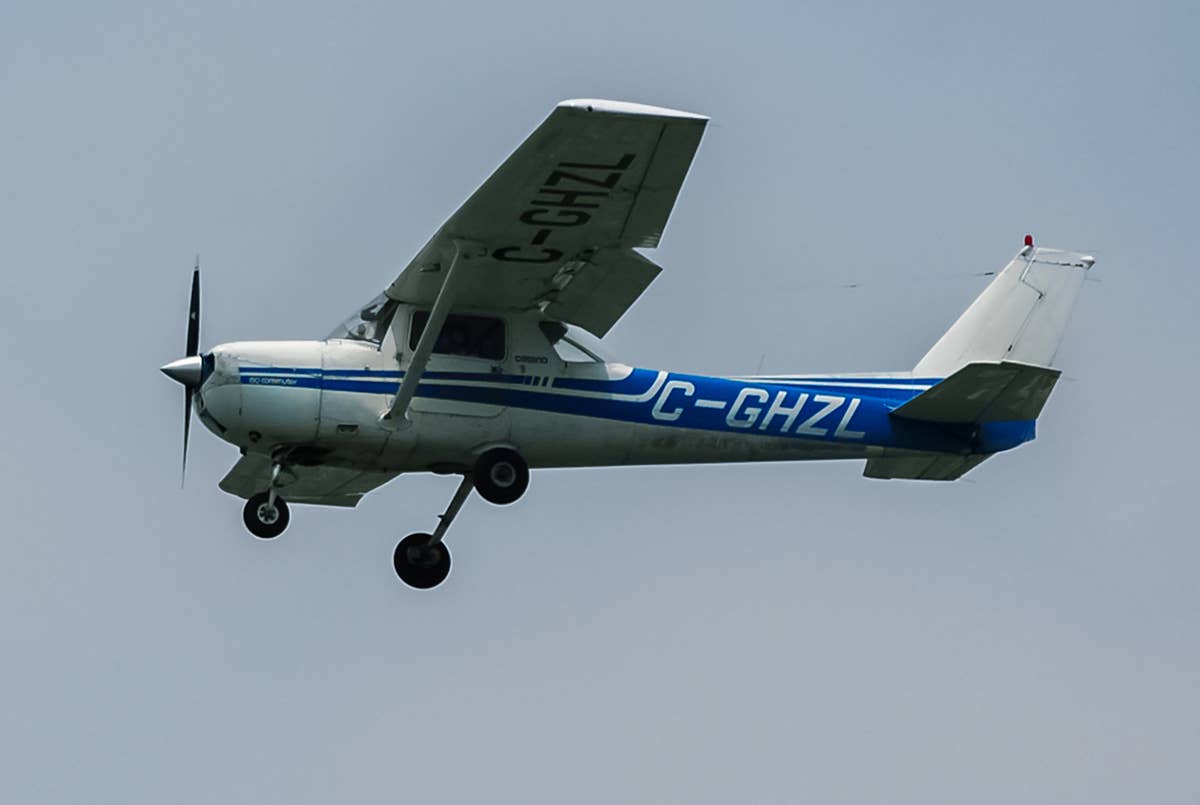Ultimate Issue: Instrument Rating vs. Instrument Pilot
Many start with a private pilot certificate, then add an instrument rating, but how can you become a true instrument pilot?
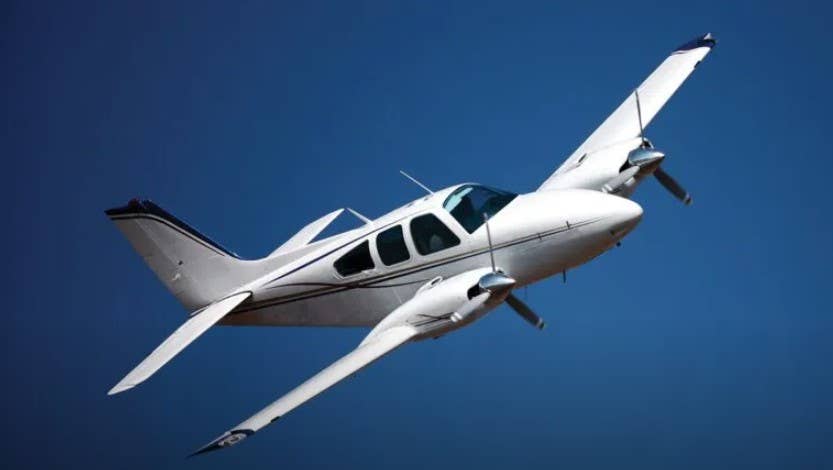
Once you gain the pilot competence and proficiency that you seek, you’ve got to continue working to maintain it. [iStock]
There’s no differentiation in the eyes of the FAA, but I’m going to make a distinction.
Once a pilot adds an instrument rating, they’re legal to fly an ILS in blowing snow all the way to 200-foot minimums with an 1,800 RVR. But few of us would actually attempt such a demanding task with only our training and perhaps a bit of experience in actual conditions under our belt. I’ll call those folks “pilots with an instrument rating,” differentiating them from someone with more experience who would confidently undertake that operation. I’ll call that person an “instrument pilot.”
So, if your goal is to gain high levels of proficiency, experience, and comfort to ultimately grow from being a pilot with an instrument rating into an instrument pilot, how can you do that? I’m glad you asked because that’s just what we’re going to cover here.
Why Do It?
Why might you want to do this? It’s a lot of work, will take time, and generally involves nontrivial expense. What’s to be gained? Everybody’s answer will be somewhat different, but I can help you find yours.
Perhaps the most important question is, “Why did you get the instrument rating in the first place?” Maybe you did it to meet career aspirations. Or possibly you did it just to improve the utility of your basic private certificate, allowing you to go when the weather had been keeping you on the ground as a VFR pilot.
In both of those cases, I’ll—perhaps argumentatively—encourage you to be the best pilot you can be. As a professional, your clients will certainly expect and deserve that. You should be able to competently complete any flight that’s both legal and safe for the aircraft. If you can’t, well, reread the previous sentence.
- READ MORE: How to Meet Instrument Rating Requirements
But what if it’s just you trying to go visit a friend? Don’t you deserve the same level of competence and confidence in the management of your flight and control of your airplane? It’s common during those personal flights to bring along a friend or family member. They deserve the same level of consideration as any paying passenger, so you owe it to yourself and your passengers to, again, be the best pilot you can be.
On top of all that, there’s a certain degree of pride involved. How would you feel after that ILS at the destination if your needles were bouncing from peg to peg, and you somehow managed to luck out enough to see the runway as the needles passed through the center? Compare that with the satisfaction, and yes, the pride, in sliding down the approach with needles that barely migrated off the center circle. Challenge yourself to always do better, and you’ll rarely find yourself performing poorly. But if you do, you’ll almost certainly know exactly why, and you’ll resolve to recognize the same situation next time and surely use that recognition and anticipation to perform better.
What’s the Difference?
I’ve talked about pilots with an instrument rating versus instrument pilots, but what’s the difference? Defining “instrument pilot” is a bit easier, so I’ll start there. Note that all this is a distinction of my own creation, so if you talk with others about it, you might get that thousand-mile stare until you explain.
An instrument pilot is one who has had enough training, enough experience, and most critically maintains enough proficiency that they can handle most anything that a given flight might be expected to throw at them. That doesn’t mean comfortably flying your Cessna 182 into an area of moderate icing. But it does mean that the pilot is both comfortable and competent to handle an inadvertent encounter with more significant weather than on the day of the check ride.
That weather might include ice, moderate turbulence, significant gusty crosswinds, and, yes, lower visibility and ceilings than forecast—possibly all at the same time. Naturally, these conditions will produce a greater concentration and focus on the job at hand by the pilot, but they shouldn’t bring so significant a ramping of anxiety that performance or judgment suffers.
On the other hand, a pilot with an instrument rating is a newbie. But by newbie I don’t mean that the instrument check ride was recent enough that legal currency hasn’t yet lapsed. I mean that the pilot doesn’t have much (or any) experience with a broad enough range of weather and atmospheric conditions to remain mostly calm and focused in handling that. This pilot likely still views anything worse than basic VMC as a reason to reexamine the go/no-go decision and might (or should) have personal minimums not much lower than 1,000-3.
Your Path Via the Right Seat
Say you recently aced your instrument-rating check ride. Or perhaps you’ve long had the rating but never really had both the opportunity and confidence to “get your nose wet” much more than in benign conditions. Regardless of your starting point, how do you get to be a confident, competent instrument pilot?
Like many things in aviation, the answer to that question is “it depends” and has multiple paths.
Say your ultimate goal is employment as a pilot. It doesn’t matter whether you want to end up at the airlines, freight pilot, charter pilot, or even personal or corporate pilot. Work hard to build your experience to the point where you can get that first job beyond a CFI at the local flight school.
Your short-term goal should be to fly in the right seat in a two-pilot operation, so possibly the entry-level freight or medical transport jobs might not be the best choice.
Having that experienced captain next to you will serve multiple purposes. First, it will allow you to experience more varied conditions than you might feel comfortable tackling on your own, especially at first. Also, while your captains might not be CFIs, you’ll receive a lot of instruction. Many captains in this environment understand your need for experience and further education and happily provide it. Others might not want that role, leaving you to provide your own education through quiet observation.
- READ MORE: Instrument Rating: Why Are You Waiting?
Either way, flying with someone who’s both more experienced and has ultimate responsibility for the outcome of the flight is a wonderful way to learn. You should be as cautious and as methodical as you would be if you were solo, but ultimately it will be the captain who evaluates the conditions and assures the safe outcome. This allows you to learn the safe capabilities and limits of that operation in those conditions. You get to see what can be done and how to do it.
This route also will expose you to multiple captains, each with a different style. I remember vividly when I went through upgrade training at an airline, a member of management came into our class on the first day and asked us to reflect on our time in the right seat and try to identify the best captain we had flown with. After we considered that, he then asked us to think back over the same experiences and identify the worst captain we had flown with.
Everyone in the class had the same reaction. We were unable to identify a single-best captain. Instead, multiple captains were identified, each with some different traits that made us think of them. But everyone was instantly able to identify the single-worst captain with whom we had flown.
As the class discussed, the manager then simply told us to determine the traits in the best captains that we wished to emulate and exactly what made that one person the worst captain and vow to never do any of those things we disliked.
If you’ve got your CFI or CFII, do as much advanced instruction as you can. Lacking a CFI, go around to all the pilots you can find and offer to fly with them as a safety pilot. Doing either of these won’t be as beneficial as flying with some 10,000-hour captain, but it’s still valuable experience to aid in your growth as an instrument pilot.
Learn from the Left Seat
But what if you don’t want to become a professional pilot and just want to be the best possible private pilot you can with the tools you have? There are a lot of paths you might choose, and I’ve got some recommendations that you can find your own variations along.
First, you must fly as often as possible. Every time you fly as pilot in command (PIC), fly IFR. I don’t mean 20-30 hours a year. I mean 10 hours or more a month, usually just about every week. This allows you to continue building on your experience rather than the ever-so-common two steps forward, one back. Even if the weather is “severe clear,” fly in the system to gain more experience and comfort within it. Rarely accept a visual approach at the destination. Fly an approach, even if it’s in VMC without a view-limiting device. If you can take a safety pilot, fly under the hood.
Don’t be afraid to tackle increasingly challenging weather conditions. Sure, if you just got your instrument ticket, you want to be very careful. But as you gradually gain more experience, put it to use. If you have a trip planned and the weather forecast stretches your comfort, that’s good. I often say that you can’t expand your comfort zone from within it. If the operation stretches your comfort more than you’re willing, find an instructor with plenty of experience and ask them to accompany you.
Watch for those marginal VMC and benign IMC days and go out to the airport and fly a few approaches on your own. As you do that more often, you’ll gain more comfort with those conditions.
I’m a strong believer in the value of simulators. I’m not going into a long discussion of sims, but here are a few basic points: If you can afford it, fly an approved sim, a Basic or Advanced Aviation Training Device (BATD/AATD). The difference to you at this point is largely irrelevant, so pick what’s available. Also, to the greatest extent possible, find something that simulates as closely as possible the aircraft you fly, both from an aerodynamic perspective as well as the panel.
One of the lowest-cost approved simulators I know comes from Gleim Aviation. It’s a BATD that emulates a Cessna 172 SP with your choice of analog six-pack instruments or a Garmin G1000. If this is sufficiently close to what you fly, it’s an excellent choice for only $8,500.
If what you fly isn’t readily emulated with an approved simulator (which is common), you can build your own. My personal belief is that a sim that isn’t approved but closely emulates your aircraft is superior to an approved sim that isn’t close. That’s my thinking, but others disagree.
My reasoning is simple. This is my example, but it applies broadly across the entire GA fleet. I fly a Cessna 340. Nobody makes an ATD for a C-340. The closest is usually a Beech Baron, but Precision Flight Controls can emulate a 414. Then, my airplane has full EFIS—there’s not a round dial on the panel. ATDs for any type might offer a G1000, but the retrofit stuff in my airplane is far different from a G1000. So to emulate my aircraft, I need to build the sim myself, and that won’t be approved for logging time. I’m OK with that. If I need to log some instrument time, I’ll go rent an approved sim for a few hours or get the time in my own airplane under the hood with a safety pilot a few times a year.
Once you’ve got access to a sim, fly it regularly, always in low-IMC. Fly approach after approach. Some weeks you’ll just fly approaches, repositioning yourself to the IAF and going in from there. Other weeks, practice with failures. On other sessions try doing a full flight from departure to destination.
As you fly the sim more, add precipitation, ice, gusty winds, etc. In other words, build the severity of the weather until you can handle most anything.
Then after completing one of these paths, you too will be an instrument pilot.
But There’s a Risk
Not long after I retired from 121 flying, I fell out of currency and needed the ol’ six-in-six to regain it. I hopped into an AATD and flew the requisite approaches, holds, etc., using raw data with no autopilot or flight director. The instructor was impressed. I was too, as I had never flown that sim before.
I figured it was all my experience as an instrument pilot. After all, that level of proficiency doesn’t leave you too quickly—or so I thought. Then a couple years later, repeat. Um, my performance was dismal, even with the flight director. What happened?
Well, instrument flight skills are highly perishable. If you’ve spent years comfortably flying as a proficient instrument pilot, well, reread that previous sentence. Once you no longer fly that often, you will lose those skills you worked so hard to gain. Trust me, it’s only through constant exercise that you can retain them.
So here’s my warning: Once you gain the competence and proficiency that you seek, you’ve got to continue working to maintain it. If you don’t keep flying at nearly that frequency, you risk reverting to just another pilot with an instrument rating. Although you might not have to start over to regain instrument-pilot status, you will have to work at it. You invested too much to get there in the first place, so don’t allow that proficiency to lapse.
This feature first appeared in the Summer 2024 Ultimate Issue print edition.

Subscribe to Our Newsletter
Get the latest FLYING stories delivered directly to your inbox

